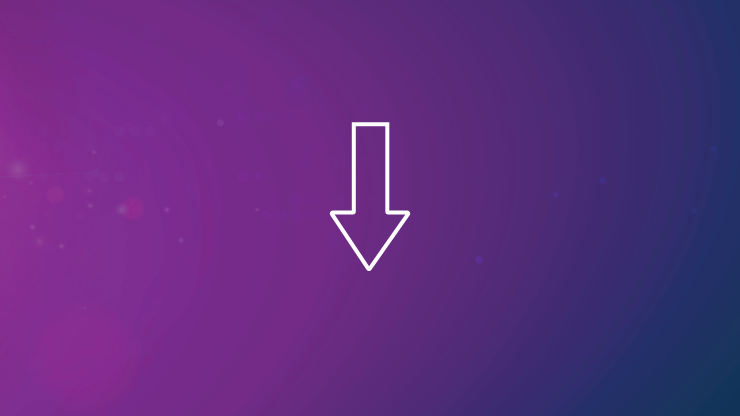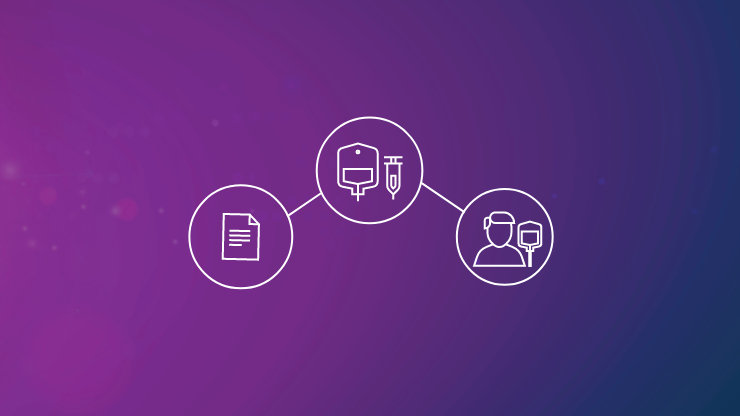Volumetric compounding of IV oncology drugs has historically required the individual compounder, or second checker, to verify that each step of the compounding process is correct by a manual inspection method.
Gravimetric compounding however uses technology to perform this verification. Via an electronic balance and the known density of each ingredient, gravimetric systems confirm the accuracy electronically of volumes drawn up and doses prepared. This reduces the requirement for manual verification of volumetrically prepared doses.
But before we look at the benefits of gravimetric system within compounding, it is worth highlighting some of the issues pharmacists face with manual volumetric compounding.
What is a gravimetric system in oncology compounding?
A gravimetric system involves weighing drugs and diluents at each step of the compounding process using an electronic balance. It is used to confirm the accuracy of the volume drawn up by comparing it to the known density of the constituent within the system’s database. This ensures that the volume falls within an acceptable margin of error.1
Automated* IV medication workflows using gravimetric technology, such as BD Cato™, provide step-by-step instructions to guide the user through the compounding process, and combined with barcode scanners, gravimetric scales and cameras, help ensure the correct preparation of a drug.
Gravimetric technique is key in detecting dose errors
Terkola 2017, was a study aimed at detecting medication errors with possible critical therapeutic impact in 10 centres in five European countries following the introduction of an intravenous workflow software gravimetric system.2The mean out-of-tolerance error rate across the 10 centres (n=759,060 preparations) was 10.44%. The proportion of antineoplastic preparations with deviations >10% of target dose ranged from 0.49% to 5.04% across sites, with a mean of 2.25%. The study concluded it was highly likely these errors would have gone undetected using traditional volumetric preparation methods.
Reducing compounding time and pharmacist final checking time
The BD Cato™ system identifies errors at the point they occur during the compounding process with alerts and hard-stops, enabling them to be corrected and rectified immediately, rather than at the end of the process. This can result in a reduced requirement to re-make doses.
Reece et al described the implementation and evaluation of a gravimetric i.v. workflow software system (BD Cato™) in an oncology ambulatory care pharmacy1. Due to a reduction in errors needing to be corrected post-production, the study reported that after the implementation of the gravimetric system the mean technician compounding time was reduced by 3.2 minutes, or 34%, and the mean pharmacist final checking time reduced by 1.17 minutes, or 37%.
It can be assumed that reducing the time taken for staff to perform the compounding checking processes can lead to an increased output of chemotherapy doses by the pharmacy, or these staff members can be re-allocated to perform other value-added tasks. Likewise, using technology to perform the in-process checks during compounding rather than having a second member of staff doing manual checks will also free-up staff time.

Better inventory management can significantly cut waste
With an automated checking and comprehensive inventory management as modules within the gravimetric process the pharmacist always has an accurate record of the remaining unused drugs. So leftover drugs in vials that often have to be disposed can be returned to inventory. Added to that, the most appropriately sized vial with shortest in-use stability date can be selected, reducing waste further.
Cutting costs by cutting waste
Two separate studies have highlighted tangible cost savings through implementing gravimetric systems.
The Reece et al. study discussed previously reported that prior to the implementation of the gravimetric system, the 49 errors detected at the final verification stage had to be discarded, amounting to over $56,000 in waste.1After the introduction of the gravimetric system, 12 of the 1126 errors detected required vials to be rejected due to incorrect reconstitution, resulting in $12,398 in waste. The remaining 1,114 errors detected with the gravimetric system were corrected before the final dose was completed and did not incur waste. This demonstrates that being able to identify errors at the point they occur results in overall waste reduction, and therefore reduced costs.
A European study investigated the economic impact of the preparation scenario for cytotoxic drugs using BD PhaSeal™. It showed that the CSDT savings due to minimization of vials wastage was up to €117,971 or up to € 38 per preparation.3
















